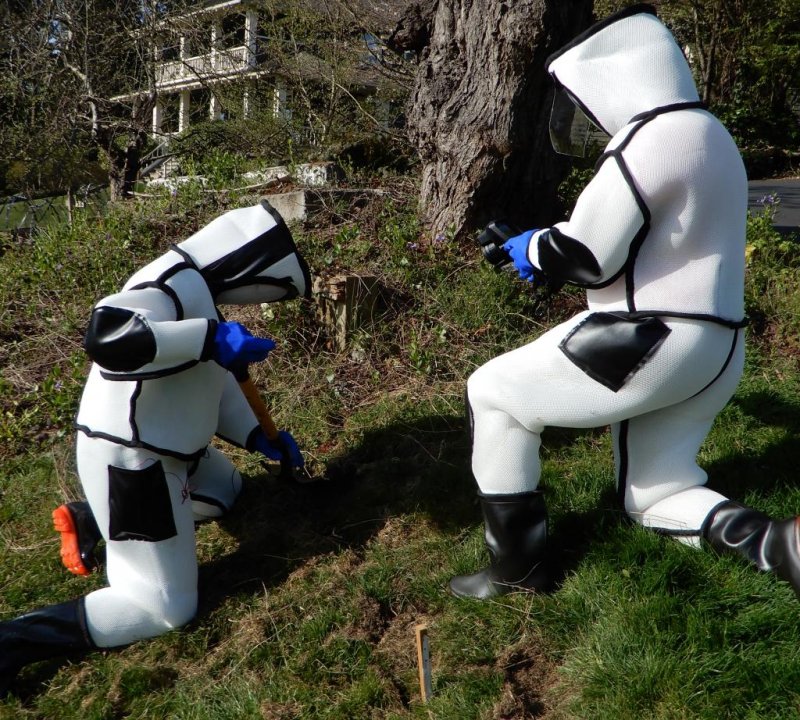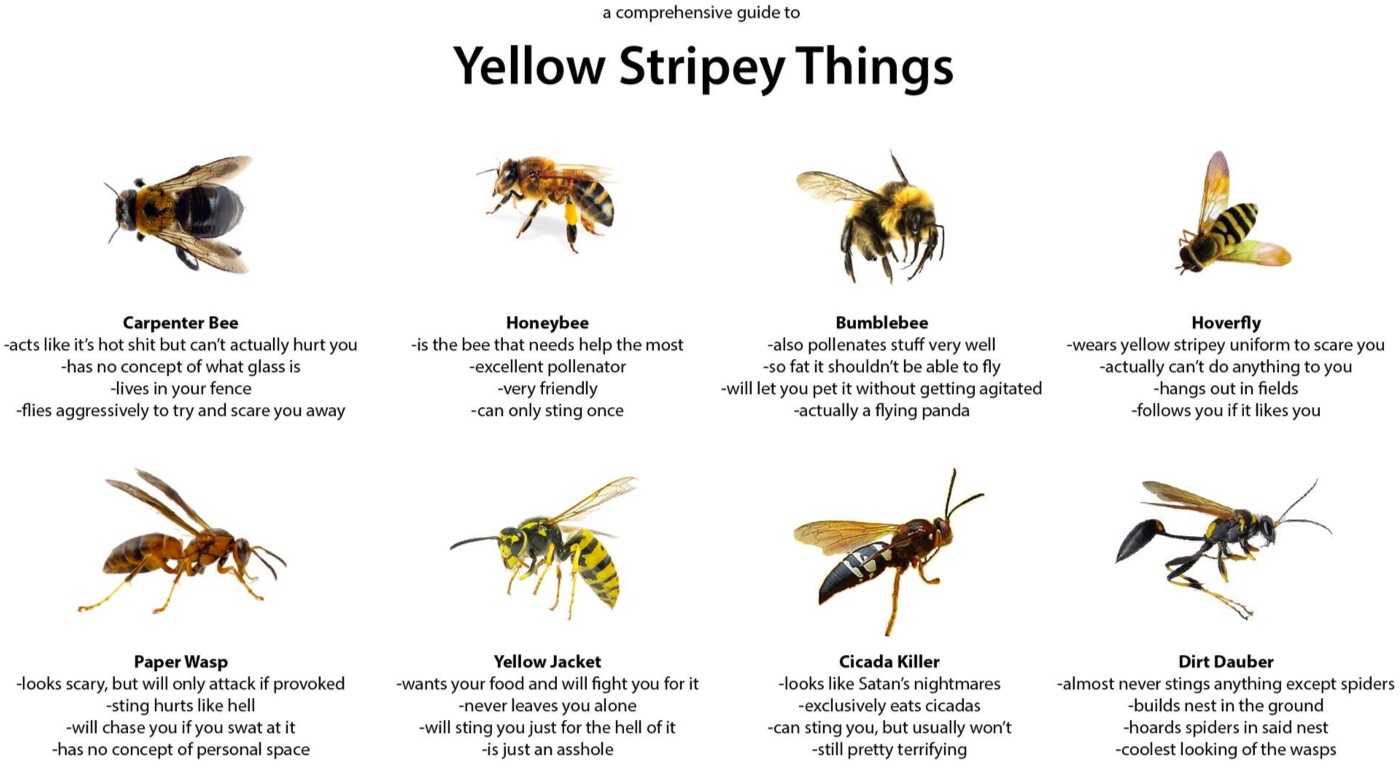Airline fights for survival as coronavirus pandemic puts industry in jeopardyJasper Jolly Tue 5 May 2020 THE GUARDIAN

Grounded planes at Bournemouth airport. Virgin said it could take three years for flight numbers to recover. Photograph: Naomi Baker/Getty
Virgin Atlantic plans to cut more than 3,000 jobs and shut its operations at Gatwick airport in the latest sign of the chaos caused in the airline industry by the coronavirus.
The 3,150 planned redundancies represent almost one in three of Virgin Atlantic’s workforce of 10,000, prompting calls from unions and Labour for the government to step in to save the jobs.
Airlines across the world have been rocked by the grounding of flights as a result of the pandemic lockdowns, which have put their business models in jeopardy.
Virgin Atlantic’s job cuts are the latest blow to the UK and Irish aviation industries, with tens of thousands of redundancies planned. International Airlines Group plans to cut 12,000 jobs at British Airways and 900 at Aer Lingus. Irish budget carrier Ryanair has also announced 3,000 job losses, while aerospace manufacturer Rolls-Royce is considering as many as 8,000 redundancies.
Virgin said it could take three years for flight numbers to return to 2019 levels, and that it had to cut jobs to survive.
At the time of the lockdown, according to flight schedules data research by Cirium, the airline was operating 422 flights per week and carrying more than 100,000 passengers. In February Virgin accounted for 19% of the capacity crossing the Atlantic, with 258 weekly flights – second only to British Airways
Virgin Atlantic plans to cut more than 3,000 jobs and shut its operations at Gatwick airport in the latest sign of the chaos caused in the airline industry by the coronavirus.
The 3,150 planned redundancies represent almost one in three of Virgin Atlantic’s workforce of 10,000, prompting calls from unions and Labour for the government to step in to save the jobs.
Airlines across the world have been rocked by the grounding of flights as a result of the pandemic lockdowns, which have put their business models in jeopardy.
Virgin Atlantic’s job cuts are the latest blow to the UK and Irish aviation industries, with tens of thousands of redundancies planned. International Airlines Group plans to cut 12,000 jobs at British Airways and 900 at Aer Lingus. Irish budget carrier Ryanair has also announced 3,000 job losses, while aerospace manufacturer Rolls-Royce is considering as many as 8,000 redundancies.
Virgin said it could take three years for flight numbers to return to 2019 levels, and that it had to cut jobs to survive.
At the time of the lockdown, according to flight schedules data research by Cirium, the airline was operating 422 flights per week and carrying more than 100,000 passengers. In February Virgin accounted for 19% of the capacity crossing the Atlantic, with 258 weekly flights – second only to British Airways
Sir Richard Branson, the airline’s founder, has asked for a bailout but the UK government is unwilling to provide a separate package for airlines beyond the help offered to all businesses.
However, the Labour party called on the government to step in to protect the jobs of Virgin Atlantic employees.
“The government is failing workers by not stepping in and protecting these jobs,” said Jim McMahon, the shadow transport secretary. “Labour has consistently argued for a sector-specific deal for aviation, and the government must do more to ensure airlines and airports can operate safely when the time is right to transition out of the lockdown.”
Virgin Atlantic’s efforts to secure a bailout were thought to be hindered by the fact that US airline Delta Air Lines, which owns 49% of the company, had not injected more money.
Activists have expressed concerns that government funds should not be used to bail out Virgin because majority owner Branson is a billionaire who is not resident in the UK for tax purposes.
Branson last month pledged to mortgage his Caribbean island to help raise money for his stricken Virgin Group, promising to inject $250m into the company mostly to help the airline.
Campaigners have also raised concerns that a bailout of polluting airlines would impede progress on fighting the climate crisis.
European airlines have so far received pledges of more than €26bn of government support.
Union representatives said the Virgin job cuts represented “another devastating blow” for UK aviation, adding that cuts were premature while the government was still paying 80% of furloughed workers’ wages.
The announcement also added to concerns about the future of jobs at Gatwick airport. British Airways has cut back Gatwick operations and warned it could pull out altogether, while Norwegian Air Shuttle, the airport’s third-largest carrier, narrowly avoided bankruptcy after investors and creditors agreed a plan that will allow it to access state aid.
Diana Holland, the assistant general secretary of the Unite union, said she had “grave concerns about the impact on Gatwick airport”.
A Gatwick spokesman said the airport remained “very optimistic about the long-term prospects of Gatwick airport and our resilience as a business.”. He added that Virgin Atlantic would retain its flight slots at the airport so could return when demand recovers. The airline flies mostly to holiday destinations, including St Lucia, Barnados and Orlando, from Gatwick.
Alongside the job cuts, subject to consultation, Virgin will significantly restructure its operations. It will immediately retire its seven 747 jumbo jets, and move Gatwick flights to London Heathrow, while retaining its base in Manchester.
Shai Weiss, Virgin Atlantic’s chief executive, said: “To safeguard our future and emerge a sustainably profitable business, now is the time for further action to reduce our costs, preserve cash and to protect as many jobs as possible. It is crucial that we return to profitability in 2021.
“After 9/11 and the global financial crisis we took similar painful measures, but fortunately many members of our team were back flying with us within a couple of years.
“Depending on how long the pandemic lasts and the period of time our planes are grounded for, hopefully the same will happen this time.”
The Department for Transport has been approached for comment.
Virgin Atlantic job cuts were the only route to Treasury coffers
Billionaire Branson will have a tough time getting a hearing for the fantastical £500m of state aid he requires. What did he expect?

Sir Richard Branson crashes into a padded barrier while participating
in a human bowling ball event in Atlanta. Photograph: Tannen Maury/EPA
Nils Pratley Published Tue 5 May 2020 THE GUARDIAN
Here’s the bit Sir Richard Branson didn’t mention in his open letter to Virgin employees a fortnight ago: the only possible route to the Treasury’s wallet involves almost a third of the 10,000 staff at the Virgin Atlantic losing their jobs.
The jobs decision hadn’t been taken at the time but Branson could still have foreshadowed an obvious threat. Government ministers were never going to throw £500m of taxpayers’ money, or some such sum, in Virgin Atlantic’s direction unless they could see a vaguely credible plan to cut costs. The airline, remember, was loss-making even before the pandemic.
As far it goes, the new boardroom thinking looks pragmatic. Unprofitable routes will be dropped, gas-guzzling and ancient 747s will be ditched and Gatwick will be abandoned as a base for the time being. It’s tough on staff but the entire airline industry is acting similarly.
The action plan, though, is very far from being a sufficient qualification for a bailout. The Treasury will not want to see Virgin Atlantic go bust, taking even more jobs with it, but, as Branson must know, the politics of a loan are appalling.
He’s a billionaire who lives in a tax haven and who has a liquid asset in the form of a $1.5bn stake in publicly traded Virgin Galactic; and the owner of the remaining 49% of Virgin Atlantic is Delta Air Lines, which can’t contribute because the US government doesn’t want a dime of its own bailout support to leak into foreign airlines.
To even get a hearing in the Treasury, Branson will now have to recapitalise Virgin Atlantic. That could mean injecting cash himself or finding new investors – and the capital will have to be genuinely at risk. Then he will have to pledge to forgo the £20m a year that Virgin Group is currently paid in brand fees, and persuade Delta to do similarly with its IT charge. He will then have to commit to financial transparency and, probably, offer an equity slice to the state.
Its impossible to know if he’s both willing and able to meet those demands, but they seem the minimum requirement for Treasury even to contemplate a loan or guarantee – and probably for a sum much smaller than the fantastical £500m. The process is harder than writing self-serving letters, but what did Branson expect?
Ocado investors are right to make a fuss over executive bonuses
Ocado these days is worth £12bn, equivalent to the combined stock market values of Sainsbury’s, Morrisons and Marks & Spencer, which represents an astonishing shift in power in the food retailing industry.
The big money in the food retail business, it turns out, lies not in selling groceries to shoppers, but in selling robots and clever delivery technology to grocers. Ocado’s seven licensing deals with overseas retailers have transformed its prospects, and the pandemic has accelerated a process that was happening anyway.
And, since the Ocado co-founder and chief executive, Tim Steiner, still owns 29m shares, his 4.2% stake is worth roughly £500m. Which raises the obvious question: why on the earth, back in 2014, did he require a side order of 4m freebie shares to encourage him to turn up for work?
Those shares were the largest part of a “growth incentive plan” (GIP) that seems to have been created for no other reason than the management fancied a potentially juicer jackpot than could be generated by the regular long-term plan (which, naturally, they kept as well).
The sole performance condition was to get the share price to improve faster than the FTSE 100 index over a five-year period, which was achieved in spades. Last May Steiner’s 4m GIP shares were worth £54m and the company bought him out for cash. Three other directors shared almost £34m.
Wednesday’s vote on Ocado’s remuneration report, which describes the final tallies, therefore comes long after the ship has sailed. Rebellion, one might say, is pointless, especially as 2014’s shareholders approved the GIP at launch with the usual Putin-like majority of 83%.
But, actually, it’s still important that today’s Ocado investors make a fuss. Steiner’s £54m payday is not as ludicrous as the £75m that the housebuilder Persimmon showered on Jeff Fairburn, but the common element is the lack of a cap on the size of the reward.
Such structures, fund managers keep telling us, are no longer acceptable. If they mean it, they should give a thumbs-down to Ocado’s pay report. Steiner has created a brilliant business, but his GIP should never been proposed or approved.
Here’s the bit Sir Richard Branson didn’t mention in his open letter to Virgin employees a fortnight ago: the only possible route to the Treasury’s wallet involves almost a third of the 10,000 staff at the Virgin Atlantic losing their jobs.
The jobs decision hadn’t been taken at the time but Branson could still have foreshadowed an obvious threat. Government ministers were never going to throw £500m of taxpayers’ money, or some such sum, in Virgin Atlantic’s direction unless they could see a vaguely credible plan to cut costs. The airline, remember, was loss-making even before the pandemic.
As far it goes, the new boardroom thinking looks pragmatic. Unprofitable routes will be dropped, gas-guzzling and ancient 747s will be ditched and Gatwick will be abandoned as a base for the time being. It’s tough on staff but the entire airline industry is acting similarly.
The action plan, though, is very far from being a sufficient qualification for a bailout. The Treasury will not want to see Virgin Atlantic go bust, taking even more jobs with it, but, as Branson must know, the politics of a loan are appalling.
He’s a billionaire who lives in a tax haven and who has a liquid asset in the form of a $1.5bn stake in publicly traded Virgin Galactic; and the owner of the remaining 49% of Virgin Atlantic is Delta Air Lines, which can’t contribute because the US government doesn’t want a dime of its own bailout support to leak into foreign airlines.
To even get a hearing in the Treasury, Branson will now have to recapitalise Virgin Atlantic. That could mean injecting cash himself or finding new investors – and the capital will have to be genuinely at risk. Then he will have to pledge to forgo the £20m a year that Virgin Group is currently paid in brand fees, and persuade Delta to do similarly with its IT charge. He will then have to commit to financial transparency and, probably, offer an equity slice to the state.
Its impossible to know if he’s both willing and able to meet those demands, but they seem the minimum requirement for Treasury even to contemplate a loan or guarantee – and probably for a sum much smaller than the fantastical £500m. The process is harder than writing self-serving letters, but what did Branson expect?
Ocado investors are right to make a fuss over executive bonuses
Ocado these days is worth £12bn, equivalent to the combined stock market values of Sainsbury’s, Morrisons and Marks & Spencer, which represents an astonishing shift in power in the food retailing industry.
The big money in the food retail business, it turns out, lies not in selling groceries to shoppers, but in selling robots and clever delivery technology to grocers. Ocado’s seven licensing deals with overseas retailers have transformed its prospects, and the pandemic has accelerated a process that was happening anyway.
And, since the Ocado co-founder and chief executive, Tim Steiner, still owns 29m shares, his 4.2% stake is worth roughly £500m. Which raises the obvious question: why on the earth, back in 2014, did he require a side order of 4m freebie shares to encourage him to turn up for work?
Those shares were the largest part of a “growth incentive plan” (GIP) that seems to have been created for no other reason than the management fancied a potentially juicer jackpot than could be generated by the regular long-term plan (which, naturally, they kept as well).
The sole performance condition was to get the share price to improve faster than the FTSE 100 index over a five-year period, which was achieved in spades. Last May Steiner’s 4m GIP shares were worth £54m and the company bought him out for cash. Three other directors shared almost £34m.
Wednesday’s vote on Ocado’s remuneration report, which describes the final tallies, therefore comes long after the ship has sailed. Rebellion, one might say, is pointless, especially as 2014’s shareholders approved the GIP at launch with the usual Putin-like majority of 83%.
But, actually, it’s still important that today’s Ocado investors make a fuss. Steiner’s £54m payday is not as ludicrous as the £75m that the housebuilder Persimmon showered on Jeff Fairburn, but the common element is the lack of a cap on the size of the reward.
Such structures, fund managers keep telling us, are no longer acceptable. If they mean it, they should give a thumbs-down to Ocado’s pay report. Steiner has created a brilliant business, but his GIP should never been proposed or approved.




















